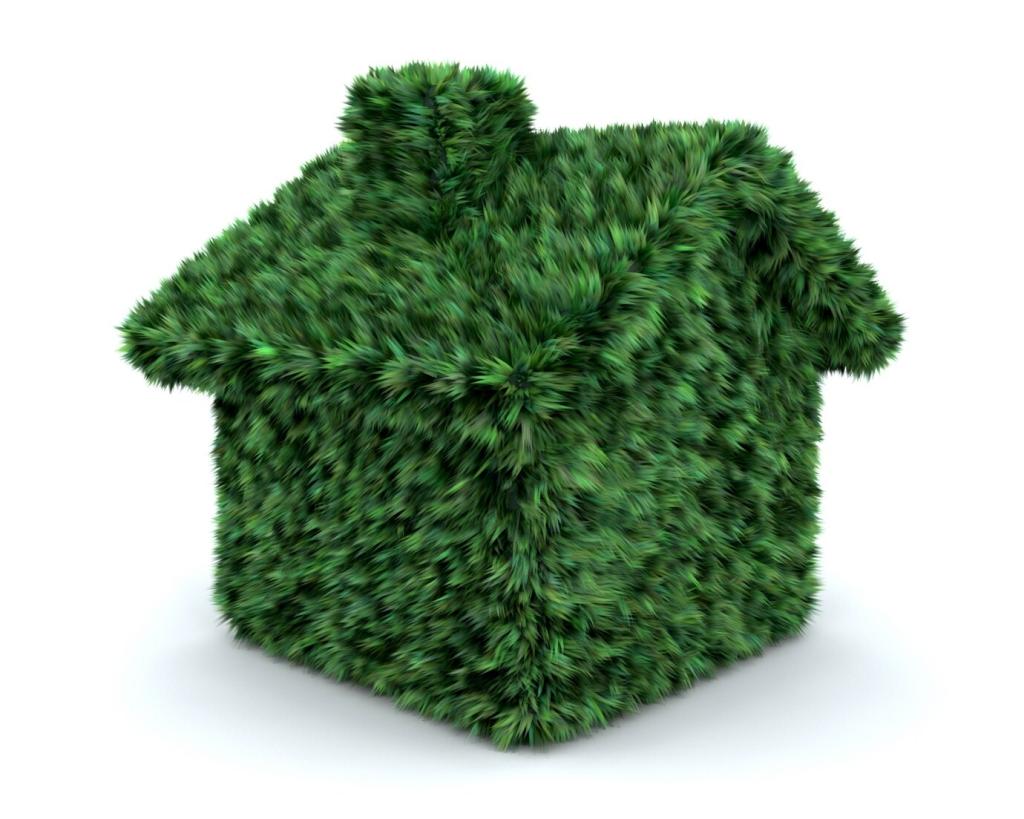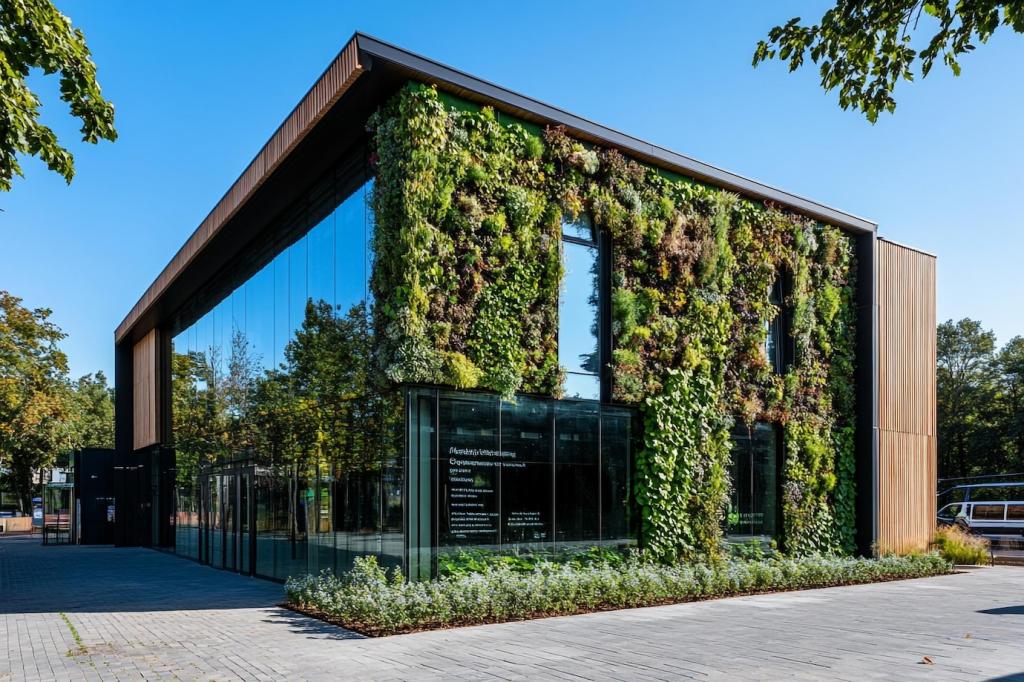Eco-Friendly Home Renovation Techniques
Eco-friendly home renovation techniques focus on creating sustainable living spaces that minimize environmental impact. By making conscious choices in materials, energy use, water conservation, indoor air quality, and waste reduction, homeowners can significantly decrease their ecological footprint. These renovation strategies not only benefit the planet but also lead to healthier and more cost-effective homes for their occupants. Embracing sustainable practices, whether during a minor update or a full-scale remodel, ensures that your living space is better for both the environment and future generations.
Recycled and Reclaimed Options
Utilizing recycled and reclaimed materials in home renovations gives new life to products that might otherwise end up in landfills. For example, reclaimed wood, bricks, and metal not only add a unique aesthetic character but also reduce the demand for new resources. Incorporating these elements minimizes waste, conserves energy, and lowers greenhouse gas emissions typically associated with manufacturing new building products. Sourcing materials locally also reduces transportation impacts, further enhancing the sustainability of your renovation.
Rapidly Renewable Resources
Renovation projects can take advantage of rapidly renewable materials such as bamboo, cork, or strawboard, which regenerate much faster than traditional hardwoods. These resources are harvested within a short growth cycle, often within five years or less, ensuring that natural stocks are quickly replenished. Their rapid growth also generally requires fewer inputs of water and pesticides, making them an eco-conscious choice. The use of these materials not only conserves forests but also provides durability and aesthetic appeal in modern home design.
Certified Sustainable Products
When selecting materials for eco-friendly renovation, look for certifications that ensure sustainability, such as FSC (Forest Stewardship Council) for wood or GREENGUARD for indoor air quality. These labels certify that the products meet stringent environmental standards, including responsible resource management and limited use of harmful chemicals. Certified sustainable products offer homeowners peace of mind, knowing that their renovation choices contribute to global conservation efforts and healthier indoor environments.
Energy Efficiency Upgrades
Advanced Insulation Solutions
Upgrading insulation is one of the most effective ways to increase energy efficiency during a renovation. Modern insulation materials, including recycled cellulose or sheep’s wool, not only outperform traditional fiberglass but also come from renewable or recycled sources. Properly installed insulation reduces heat loss in winter and keeps interiors cooler during summer. This decreases reliance on heating and cooling systems, which are significant contributors to household energy consumption. As a result, improved insulation leads to lower energy bills and a smaller carbon footprint.
High-Performance Windows and Doors
Substandard windows and doors are major sources of energy loss. Eco-friendly renovations prioritize installing high-performance windows and doors with double or triple glazing, low-E coatings, and tight seals. These features balance natural light with excellent thermal insulation, thus reducing the need for artificial heating or cooling. Investing in energy-efficient doors and windows not only enhances comfort and indoor climate control but also plays a key role in reducing household emissions and monthly expenses.
Upgrading to Smart Energy Systems
Incorporating smart energy systems, such as programmable thermostats or home energy monitoring devices, takes energy efficiency to the next level. These technologies enable homeowners to monitor, adjust, and optimize energy use based on actual needs and preferences. Smart systems can automatically manage heating, cooling, and lighting to operate only when necessary, leading to significant energy savings. Through real-time data and automation, smart energy solutions help you create a more sustainable and cost-effective living environment.
Sustainable Water Management
One of the easiest ways to reduce household water use is by installing low-flow plumbing fixtures. Upgrading to modern low-flow toilets, showerheads, and faucets can significantly decrease the volume of water consumed without sacrificing performance. These fixtures incorporate air mixing or other innovative designs to maintain pressure and user experience while using much less water. Over time, low-flow installations can dramatically reduce a home’s water consumption and environmental impact.

Indoor Air Quality Improvement
01
Non-Toxic Paints and Finishes
Many conventional paints, varnishes, and finishes emit volatile organic compounds (VOCs) that contribute to indoor air pollution and can cause health issues over time. Eco-friendly home renovations favor low-VOC or zero-VOC paints and finishes, which significantly reduce the release of toxic chemicals into indoor spaces. These products are now widely available in a diverse range of colors and finishes, enabling homeowners to maintain personal style while safeguarding their family’s health and the indoor environment.
02
Improved Ventilation Systems
A well-designed ventilation system is crucial for maintaining healthy indoor air. Energy-efficient mechanical ventilation, such as heat recovery ventilators (HRVs) or energy recovery ventilators (ERVs), ensure a continuous supply of fresh, filtered air while conserving heating or cooling energy. Upgrading ventilation during a renovation can dramatically improve air quality by removing indoor pollutants, managing humidity, and reducing the proliferation of mold and allergens, hence creating a more comfortable and healthful living space.
03
Allergen-Resistant Flooring
Flooring materials can greatly influence indoor air quality and allergen levels within the home. Choosing non-carpeted options such as hardwood, bamboo, or polished concrete limits the accumulation of dust mites, pet dander, and other allergens. Using low-emission adhesives and finishes further preserves air quality. Allergen-resistant flooring supports a cleaner, healthier environment, especially important for households with allergy sufferers or respiratory concerns.

Deconstruction Rather than Demolition
Traditional demolition often results in excessive waste and the loss of reusable materials. Deconstruction—carefully dismantling building components—enables the salvage and reuse of doors, windows, fixtures, and structural elements. These items can be repurposed on-site or donated to building material reuse centers. Deconstruction not only reduces landfill waste but also gives homeowners the satisfaction of knowing that valuable materials will find new life elsewhere.

Onsite Sorting and Recycling
Organizing onsite sorting areas for materials such as wood, metal, drywall, and plastics ensures that recyclable items are separated from general waste during renovation. This process improves recycling rates and reduces the environmental footprint of your project. In many regions, professional recycling centers accept and process construction debris responsibly. Effective waste sorting requires some planning but can lead to dramatic reductions in the volume of waste sent to local landfills.
Previous slide
Next slide
Efficient Lighting Solutions
LED Lighting Upgrades
Replacing outdated incandescent or fluorescent lighting with LED fixtures is one of the most impactful energy-saving steps a homeowner can take. LEDs use a fraction of the energy required by older bulbs while offering long lifespans and superior light quality. Advancements in LED technology provide a wide variety of color temperatures and styles, accommodating both task and ambient needs. LED upgrades not only decrease electricity consumption but also reduce the frequency of bulb replacements, cutting down on waste.


Natural Light Optimization
Eco-friendly renovations maximize the use of natural daylight to illuminate interior spaces, reducing the need for artificial lighting during the day. Incorporating skylights, solar tubes, or larger windows improves light distribution and enhances indoor comfort. Strategic placement of mirrors and light-colored surfaces can further amplify daylight. These methods lower electricity use, promote a positive mood, and connect occupants more closely with the natural environment, making living areas more inviting.
